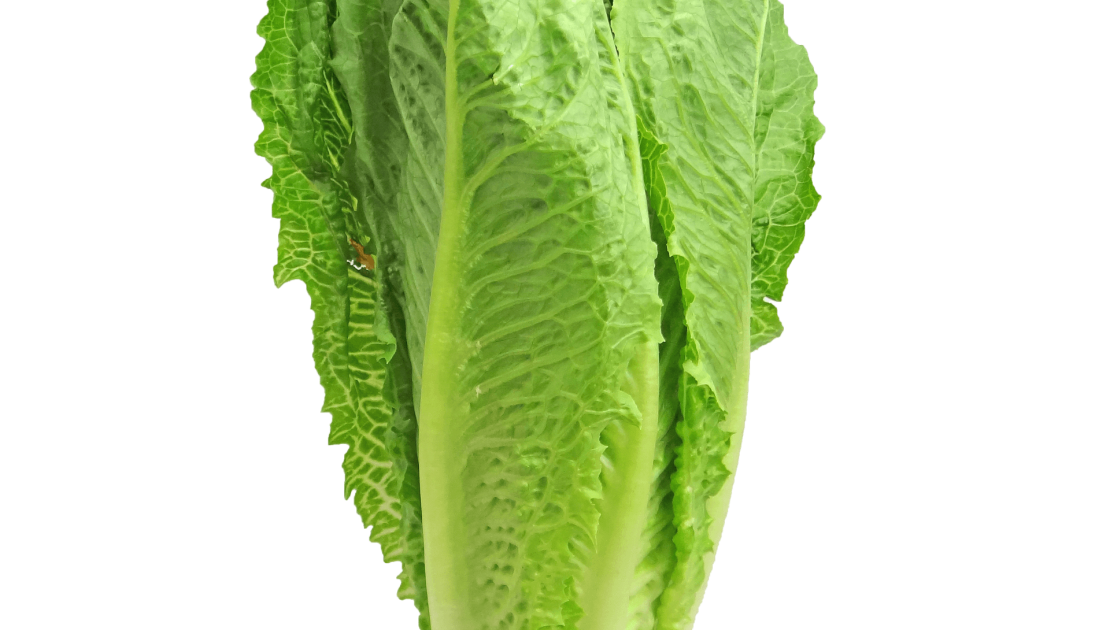CDC is advising U.S. consumers not to eat any romaine lettuce, and retailers and restaurants not to serve or sell any, until they know more about a related E. Coli outbreak. Investigation is ongoing. These are current known facts:
32 people from 11 states have been reported to be infected with the outbreak strain of Shiga toxin-producing E. coli O157:H7
Illnesses started on dates ranging from October 8th, 2018 to October 31st, 2018.
No deaths have been reported, but 13 people have been hospitalized, including one who developed hemolytic uremic syndrome, a type of kidney failure.
In Canada, in the provinces of Ontario and Quebec, the Public Health Agency has identified 18 ill people infected with the same DNA fingerprint of E. coli O157:H7.

